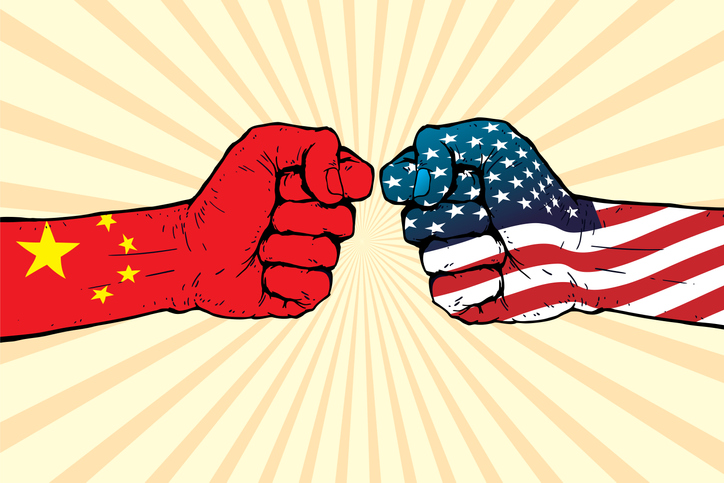
According to official figures, cultural ties between the United States and China are at a significant low after years of steady decline.
Data measuring study abroad, journalism, film, and literature trends between the two countries has recorded a consistent downward trajectory in each area.
The Covid-19 pandemic, travel restrictions, and political tensions stemming from the trade war are blamed for a loss in cultural exchanges, visitor numbers, study abroad partnerships and influences in the world of literature.
The late 2000s and early 2010s saw an increase in cultural exchanges between the U.S. and China. However in the years following, tensions between the two countries have reversed those trends. A strained political relationship between the two countries accelerated under Donald Trump’s presidency and has continued under Joe Biden.
In data analysis by the Guardian, study abroad numbers are reported to have dropped for the first time since the 2003-4 academic year. The number of Chinese students studying in the U.S. surged during Obama’s presidency, soaring from 98,235 in the 2008-09 academic year to 350,755 in 2016-17. Strong increases under the Obama administration halted during Trump’s term in the White House, before dropping after the beginning of the Covid pandemic.
A similar pattern has been seen in China. The number of students from the U.S. choosing to study abroad in China rose dramatically in the early 2000 and peaked in 2012. Since then, student exchanges have fallen, with a severe drop at the start of the pandemic in late 2019 and early 2020. Figures show 11,639 students from the U.S. in China in 2018-19 to just 382 in 2020-21.
Statistics are on a similar course in film and literature. Figures published by the University of Rochester’s translation database shows the annual number of publications of Chinese fiction and poetry (translated and published in the U.S.) has been in steady decline since 2017.
Reverse analytics on Chinese website Douban provided similar results. A Chinese equivalent to IMDb or Goodreads, Douban accounted for 267 books from the U.S. on the site in 2017, falling to 146 in 2022.
Most significantly, it appears the Covid-19 may have has driven the biggest cultural wedge between the two countries, hugely impacting travel.
Figures until May 2023—after China re-opened its borders after pandemic restrictions—show slightly increased travel between China and the U.S., yet numbers are far lower than 2019.
The UN World Tourism Organization shows the number of U.S .tourists in China rose consistently until 2018, when numbers started to drop.





